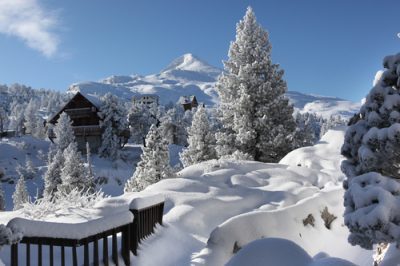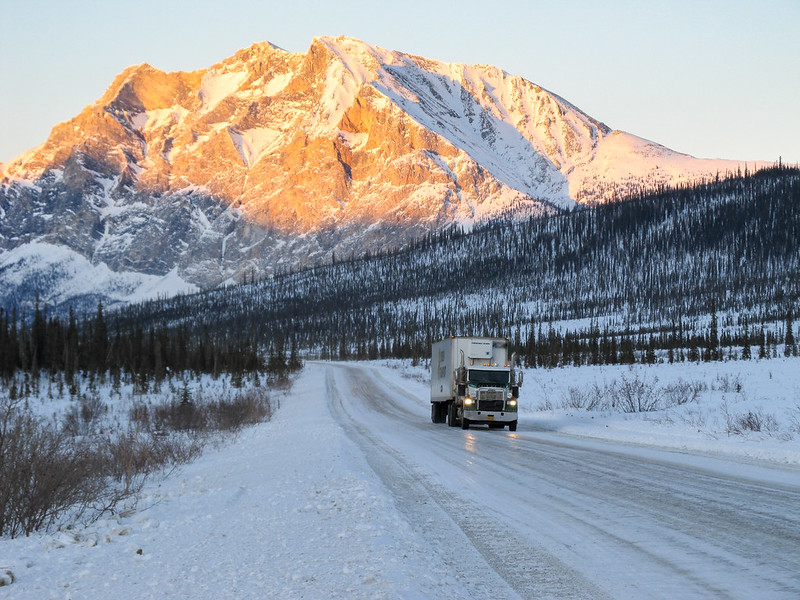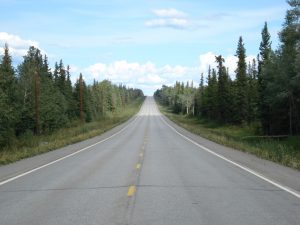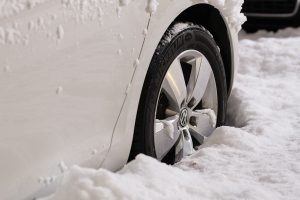Winter brings snow and snow brings problems. Driving during this time can be a hassle for truck drivers, especially those who venture to America’s most unsettled frontier: Alaska. Any “seasoned” truck driver will have their fair share of horror stories of traveling during the winter. We have decided to give you some information in order to help optimize your driving under winter conditions. There is a level of anxiety that comes with the weather and we want to help alleviate that.
Preparing Yourself for Snow
Preparation is key. Having the right preparations will save you time, money and frustration, but most importantly – your life. Tires should still maintain the appropriate tread and will help you stick to the roads and avoid any accidents. Don’t be afraid to spend the appropriate money on a fresh pair of snow tires. If you know that your route takes you through snow conditions, pack the necessary assortments. An emergency kit should be used in case of emergencies and you should not rely on simply that to get you through your trip. Stocking up on food, water, extra blankets and anything else you might feel you need will help you avoid the basic accommodations if something were to happen. Sometimes waiting out the storm means spending some time immobile so stock up!

Adding Snow Chains and Staying Alert
Snow chains are a massive benefit to any truck driver and most rules require them to be put on during snow conditions. If you do not adequately install snow chains on your vehicle, you are not only looking at major fines, but you are also putting the well-being of others at risk. Always make time to put these on even if the weather is already putting your commute time on hold. It is better to belate than never! Staying alert will also help improve the safety of yourself as well as others. The trip can be stressful, but you still need to get to where you are going. Making sure you have enough space in front of you as well as behind you is imperative. Trucks have far greater inertia than any other vehicle on the road. If a truck has to slam on the breaks during a snowstorm, then the vehicle is going to have a much larger distance before it reaches a total stop. If you are driving a big-rig, this is near impossible. The best bet in this situation is to downshift as much as you can before using your breaks.
Plan and Navigate Your Route Accordingly
The steps that we have discussed above are great ways to maintain the safety required for driving through snow. There are plenty of other tips worth mentioning when driving through the winter. If you are driving on unmarked roads covered in snow and ice, then your best bet would be to stay towards the center of the road. Maintaining your position in the road keeps you from sliding off into a ditch. Driving uphill can provide its challenges too. Try to maintain a good speed but also stay in a lower gear. Having your vehicle in a lower gear provides more power to each time and maintains a greater spread of traction. Going too slow can be a costly mistake as well. Tires have an easy time losing traction when not moving effectively so continuing at a normal (but most importantly safe) speed is necessary.
Having a fully detailed plan when going through winter conditions can be the deciding factor for your safety and the safety of others. Knowing how long a storm is predicted to last, what time you will be driving through it or if you are driving through mountains are things to look out for. What the conditions will be like after the storm is something to think about when planning your trip. Sticking to these guidelines will help you to avoid emergencies, but it cannot prevent everything. Be sure to maintain a sharp eye when traveling through the snow in order to ensure the best possible trip for yourself and others.




